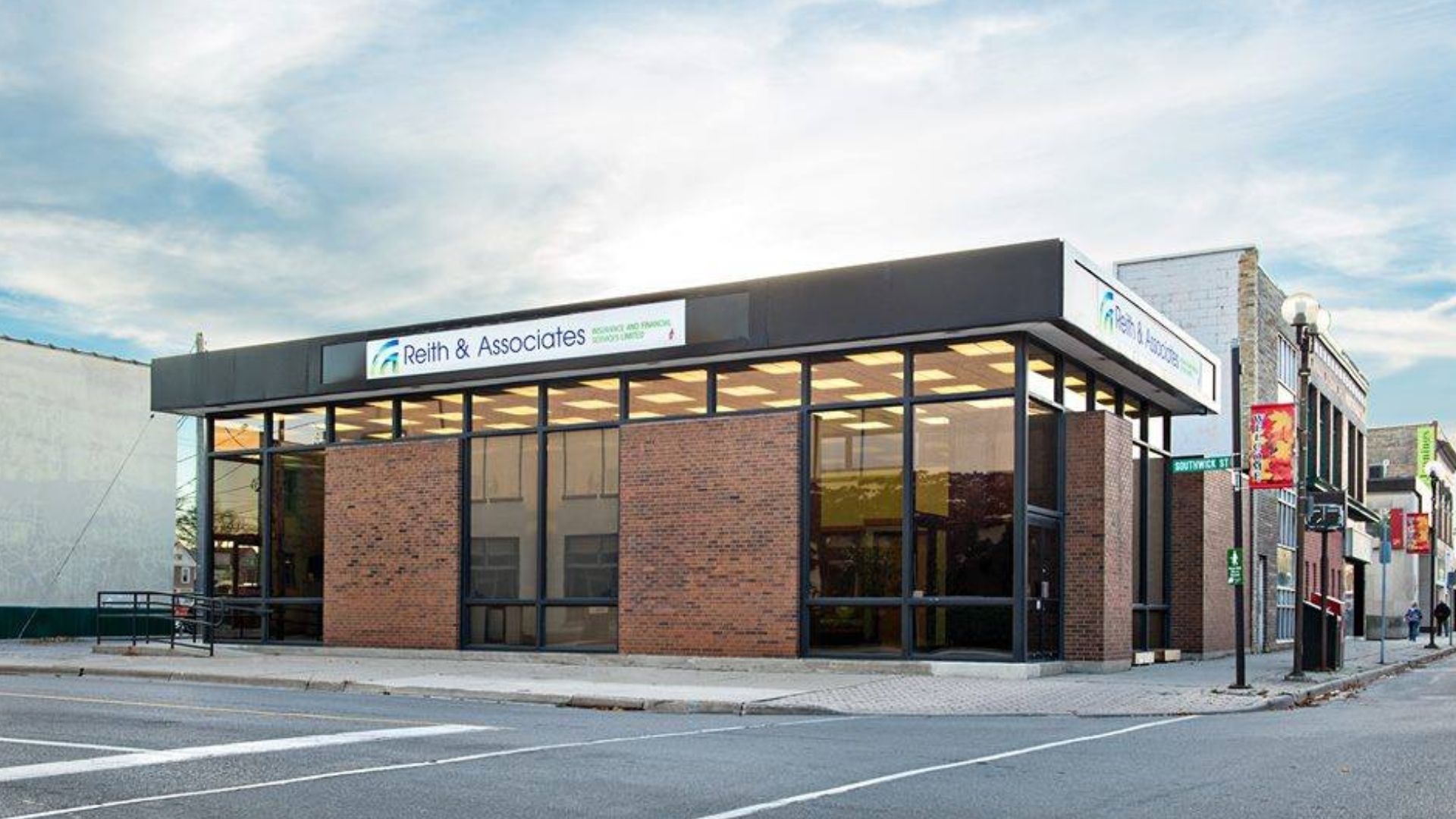In particular, artificial intelligence (AI) has emerged as a valuable safety tool. This article provides more details on AI technology, outlines how it affects workplace safety and highlights the ways it can help specific industries identify and minimize occupational hazards.
Overview of AI Technology
AI technology consists of machines, computer systems and other devices capable of simulating human intelligence processes. In other words, this technology can perform a variety of cognitive functions typically associated with the human mind, such as observing, learning, reasoning, interacting with its surroundings, problem-solving and engaging in creative activities. Workplace applications of AI technology are widespread, but some of the most common include the following:
- Computer vision technology—This technology can be paired with surveillance systems, drones, wearable sensors and smart devices to help monitor images and video footage captured at a worksite. When combined with additional occupational data (e.g., time, location and operational guidelines), such technology can also detect potential worksite issues, deliver alerts regarding these issues and provide suggestions to avoid them.
- Natural language processing systems—Sometimes called chatbots, these systems can analyze both written sources and spoken details to extract key information at a rapid pace, producing in-depth reports and summarizing worksite data in seconds.
- Predictive and prescriptive analytics engines—Such technology relies on existing research and worksite documentation to help predict future scenarios and offer recommendations for successful outcomes.
How AI Technology Affects Workplace Safety
Organizations could leverage AI technology in several different ways to help boost their workplace safety efforts. Specifically, such technology can be utilized to accomplish the following initiatives:
- Hazard recognition—AI technology can help improve overall worksite visibility and call attention to hazardous situations (e.g., fallen objects, clutter and debris) before they cause injuries. Further, this technology can identify workplace trends or patterns that have the potential to cause incidents going forward and outline steps to correct these concerns. Certain AI technology can even help catch unsafe behaviours or possible medical conditions displayed by employees in real time and provide immediate guidance. For example, such technology may detect that an employee is showing signs of fatigue while operating heavy machinery and suggest that the worker take a break to rest and recover before continuing the task.
- Employee training—Implementing AI technology within workplace safety training can give employees the opportunity to experience realistic simulations of different hazards they may encounter in their roles and review proper responses in a controlled setting, such as how to wear personal protective equipment (PPE) correctly or react to a chemical spill. Employees can also use AI chatbots on the job to obtain key information from workplace safety manuals or policies and get answers to any other safety-related questions prior to starting a task (e.g., requesting tips for manually lifting a large item).
- Equipment maintenance—AI technology can help assess workplace equipment for wear and tear or other types of damage and deliver notifications when it’s time for periodic maintenance or critical repairs, thus reducing the risk of such equipment malfunctioning and causing serious incidents and injuries. In some cases, this technology could also offer detailed maintenance instructions to help employees take greater ownership in caring for equipment, promoting a safer and more efficient work environment.
- Incident detection and reporting—Besides recognizing hazards, AI technology can quickly identify when workplace incidents and injuries occur (e.g., computer vision technology detecting an employee slipping and falling on the floor), paving the way for timely response measures and potentially improving recovery outcomes. Additionally, AI chatbots could help expedite incident reporting processes through the use of voice transcription features, as well as allow for more advanced data analyses to determine incident causes and prevent similar scenarios in the future.
- Safety compliance—Finally, AI technology can help bolster compliance with applicable workplace safety regulations by monitoring employees for noncompliant behaviours (e.g., skipping essential safety protocols or neglecting to wear necessary PPE) and ensuring worksite documentation meets all relevant requirements.
Ways AI Technology Benefits Specific Industries
Here are some examples of how AI technology can help identify and minimize occupational hazards within certain sectors:
- Construction—As it pertains to the construction industry, AI technology can allow for more timely fall detection among employees who work at heights. In addition, such technology can be paired with wearable sensors or smartwatches to monitor employees’ vital signs and detect early indicators of heat-related illnesses while working outdoors, significantly reducing the likelihood of heatstroke and related complications, or—in severe cases—fatalities.
- Manufacturing—In the manufacturing industry, AI technology can perform some of the most difficult and dangerous tasks with ease, removing the need for employees to complete these activities manually and eliminating the risk of related errors and injuries. For instance, such technology can inspect elevated worksites, hazardous structures and production equipment in areas that are hard for employees to access via drones.
Conclusion
As a whole, it’s evident that AI technology can make all the difference in helping organizations improve their workplace safety initiatives and minimize potential incidents and injuries.






.png)


.jpg)










.png)
.png)








.png)







